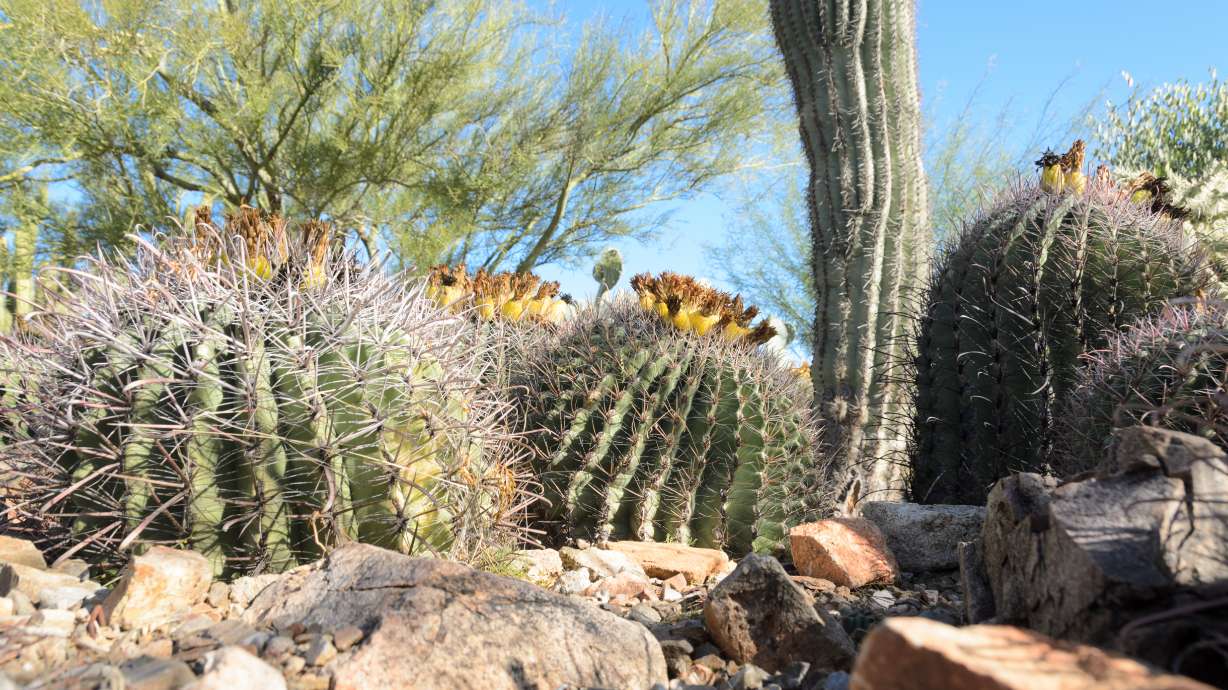Estimated read time: 2-3 minutes
This archived news story is available only for your personal, non-commercial use. Information in the story may be outdated or superseded by additional information. Reading or replaying the story in its archived form does not constitute a republication of the story.
ST. GEORGE — Despite sustained growth in southern Utah, the region used less water in 2023 than in 2022, according to the Washington County Water Conservancy District.
The district, which supplies water to St. George and all of Washington County, told KSL.com it saw a 4.5% increase in the number of homes and businesses connecting to the water but a 5% decline in overall water consumption from January to November 2023, compared to the same time frame in 2022.
"We are growing but using less water," said Karry Rathje, government affairs manager at the Washington County Water Conservancy District.
She attributes the recent decrease in water use to more water-efficient landscaping and higher snowpack and precipitation levels in the last year.
"No. 1, our landscapes are becoming much more water efficient," Rathje said. "Similar to other desert communities, about half of our water is used on outdoor landscaping ... so, if we can have more water-efficient landscapes, it really is a huge impact on water demand."
Asked what the district had done to improve landscaping water efficiency, she said, "We're the first county in Utah to prohibit non-functional grass in commercial, institutional and industrial development — and we have limits for residential developments."
Non-functional grass refers to grass that is solely ornamental, such as grass lining public streets and sidewalks, or that sits in front of businesses and apartment complexes. Functional grass serves purposes for sporting, recreation or personal use by a homeowner.
Nevada became the first state to ban ornamental grass in 2021, and the city of Las Vegas has received local and national coverage for decreasing water usage by over 30%, despite seeing more than 750,000 new residents in the same time period.
Doug Bennett, a longtime leader in Vegas' pioneering water conservation, retired to southern Utah in 2023 and became the water conservation manager at the Washington County Water Conservancy District, which has also had an impact.
"We had a great snowpack, high soil moisture, and we received a lot of precipitation this year," Rathje said. "That obviously offsets demand when it comes to irrigation needs, as well." She noted that farmers needed less water for their crops, and homeowners could also decrease how frequently they watered their grass.
When individuals use less water, it allows water to be preserved by the state rather than going into production, Rathje explained.
"Our community is growing, but our overall water use (is) decreasing, which is exactly what we wanted to happen," she said. "We want to be more efficient with the water that we are using, and this trend dictates that we are accomplishing that."










